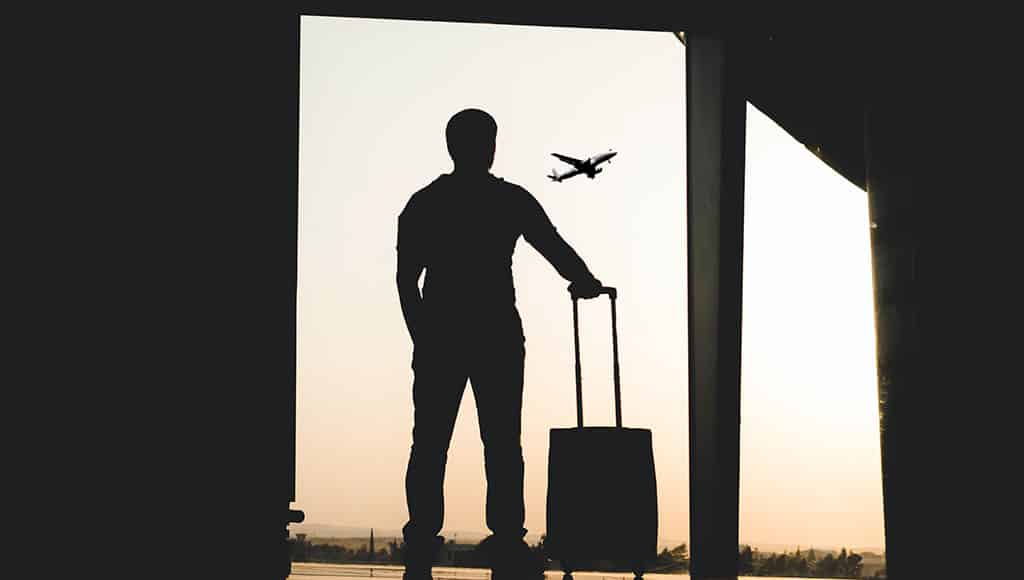Tourism entities lament years of delay
Tuesday afternoon saw the Independent Technical Commission (already criticised for not being independent) lay out its take on the ‘best option for the new Lisbon airport’ – an infrastructure that has been ‘desperately needed’ for decades.
While many say this is a subject that has been waiting for firm decisions for over 50 years, few will have been impressed by this latest development. It does not mean a lot: the commission has yet to give its decision on the ‘optimum solution’ (this being billed to come ‘early in January’) and the ultimate word will fall to politicians (the people who have spent so many years unable to reach any kind of consensus).
Add to this the fact that Portugal is due to ‘lose its government’ on Thursday (December 7) – meaning the ultimate word cannot come before March, following legislative elections. Even March is being optimistic.
So, first to the ‘best option’ as laid out by the commission (CTI): this was already being trailed hours before the presentation as Alcochete, the location decided upon years previously, on the back of hundreds of thousands of euros of ‘wasted’ studies, all of which have had to be done again (to reach the same conclusion).
Alcochete has always been engineers’ logical choice: it has a greater potential for future expansion than other options (particularly Montijo, the original preferred choice of António Costa’s government), it precludes airplanes flying low over densely populated areas, and it does not have an important birding wetland alongside it, increasing the risk of collisions with birds (again, improving on the choice of Montijo).
According to former communist leader Jerónimo de Sousa, speaking two years ago, the only reason Alcochete was taken off the drawing board was because ANA airports authority preferred the Montijo option as it kept its operation closer to the capital. But, from a non-multinational point of view, he stressed, Alcochete has always been the only sensible choice – and one that will benefit the nation’s strategic growth.
What happens next is that these options will go out for public consultation for a period of 30 days (ending on January 19), before the commission returns to its huddle to present a ‘final decision’ in the early part of the New Year (January).
Then, once again, the country will have to wait. (There is a small possibility, suggest some, that António Costa will be able to ‘settle the issue’ while the government is in ‘management mode’ in January, as long as other parties agree).
Not surprisingly, the tourism sector can barely contain its impatience: APAVT, the national association of travel and tourism agencies, stresses that the longer this process takes, the more anaemic the economy will become – while AHP, the association of hoteliers, is demanding a Plan B – an interim solution to the increase in tourist demand while the nitty gritty is sorted.
AHP’s president and former secretary of State for tourism Bernardo Trindade has insisted that what is needed is an interim “Plan B and Plan C in terms of responding to the need to boost demand.
“Interest in Portugal is growing. The airlines are looking for the capacity to fly their planes to Portugal (…) Temporally, adding another five months to 50 years (already wasted) doesn’t mean much (…) Works (currently ongoing) at Lisbon airport, the use of other infrastructures, all this is essential to ensure that Portugal does not lose demand.
“From a revenue point of view, 2023 is a positive year overall”. But what the sector that has done so much for the nation’s image and GDP cannot do is restrict demand – yet, right now, as things stand, “we do not have capacity to grow any further” – and this is what is worrying Trindade and all the others at the top of this industry.
APAVT’s concerns are equally based on the economic consequences of what it sees as political inefficiency.
When one considers António Costa’s government declared in 2019 that a futuristic new airport in Montijo would be ready by 2022 to start receiving up to 50 million tourists per year, it is easy to understand frustrations.
Before he resigned as minister for infrastructure, João Galamba promised “a quick decision after analysing CTI’s final report”.
As APAVT’s Pedro Costa Ferreira stresses: “It is the realisation that, considering the greatest cost of this process is not in reaching a decision, once again, that decision has been delayed, first due to the inefficiency of those who were supposed to make it, and now due to a political contingency that prevents anyone from making it”.
As well as having to wait for a new government, the association fears that other setbacks could come. “Overall, it is the country that is losing out,” says Costa Ferreira. “It is the national economy that’s losing out”, which, in turn, impacts on “the well-being of the Portuguese people”.
Commission’s brief
The Commission’s brief was to analyse five distinct possibilities: Portela + Montijo; Montijo + Portela; Alcochete; Portela + Santarém and Santarém, on the understanding that other locations could arise. After the first phase of receiving and analysing proposals, four further options were added: Portela + Alcochete, Portela + Pegões, Rio Frio + Poceirão and Pegões.
The commission evaluated these locations according to five critical decision factors: aeronautical safety, accessibility and territory, human health and environmental viability, connectivity and economic development, and public investment and financing model.
Commission’s true independence
This has been questioned, not least due to the fact that its president, Maria do Rosário Partidário, took part in a study for the same question in 2008, which favoured the choice of Alcochete as Lisbon’s new airport. There have also been rumblings of cronyism since the entity was formed, involving studies being commissioned to companies owned by sitting members…
Delight and doubts
Alcochete municipality is delighted by the decision of the independent technical commission. But some of the local people initially questioned as the news went out were dubious, suggesting an airport would increase house prices “even further”, and make life in general in the area ‘more expensive’.
Lisbon’s current airport “fourth worst in world”
Underlining the absolute necessity for the country to move forwards on improving airline access is the fact that surveys of passengers have consistently pointed to Lisbon airport as being among the worst in the world. This year’s AirHelp Score relegated the infrastructure to 191st place among a global ranking of 195. As a ‘welcome’ to new arrivals, Lisbon airport gives a distinctly dismal idea of what Portugal, as a country, has to offer.


























